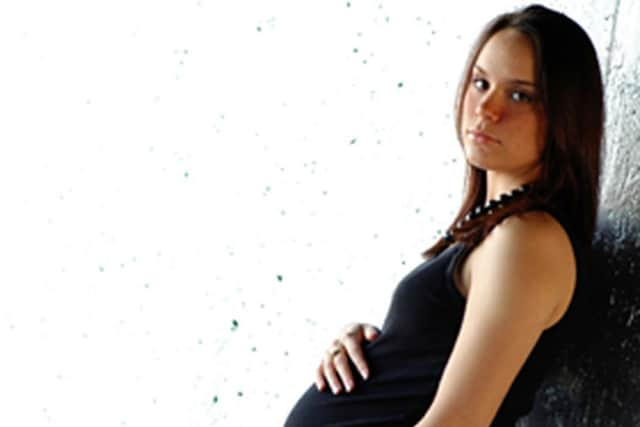Burnley women having less children than a decade ago
and live on Freeview channel 276
Improved access to contraception and people delaying having children until later in life could be behind a record low fertility rate for women under 30 across England and Wales, experts have said.
Office for National Statistics data shows the fertility rate in Burnley was 2.08 births per woman last year.
Advertisement
Hide AdAdvertisement
Hide AdThe total fertility rate is the average number of live children a mother would have while she is of childbearing age, if she experienced the typical fertility rate every year.


In 2009, Burnley women were giving birth to 2.29 children each on average.
Rates are measured in six age groups, from under 20 up to 40 and over, although there is no localised age breakdown.
Across England and Wales, the overall fertility rate was 1.65 children per women in 2019 – the lowest since 2002.
Advertisement
Hide AdAdvertisement
Hide AdFertility rates for women in age groups under 30 years were at their lowest since records began in 1938, while the rate among those aged 40 and over rose to 1.65 births per 100 women, the highest since 1948.
The standardised mean age of a mother at childbirth in 2019 was also 30.7, a figure which has been gradually rising since 1973 when it was 26.4 years.
The ONS suggested possible reasons for the decrease in total fertility rates could be better access to contraception; a fall in mortality rates of children aged under five, resulting in women having fewer babies; and lower levels of fertility or difficulties conceiving because people are delaying having children until later in life.
Despite a falling fertility rate in Burnley, the figures show an increase in live births in the area, with 1,165 last year.
Advertisement
Hide AdAdvertisement
Hide AdThat was up from 1,082 in 2018, bucking the national trend. This is likely to be due to a rise in the area's population between mid-2018 and mid-2019.
Clare Murphy, from the British Pregnancy Advisory Service, said the national figures "tell a story of success" in some ways.
“The increasing age of motherhood is a reflection of improved gender parity, especially greater female participation in both higher education and the workplace," she said.
However, she added financial factors also “weigh heavily on family planning decisions”.
Advertisement
Hide AdAdvertisement
Hide Ad“The job market has never been more precarious, and we know the current crisis has hit women’s employment particularly hard," she said.
“As a result, we may well see these trends continue into the future as women and couples choose to delay having children until they are financially stable.”
Comment Guidelines
National World encourages reader discussion on our stories. User feedback, insights and back-and-forth exchanges add a rich layer of context to reporting. Please review our Community Guidelines before commenting.